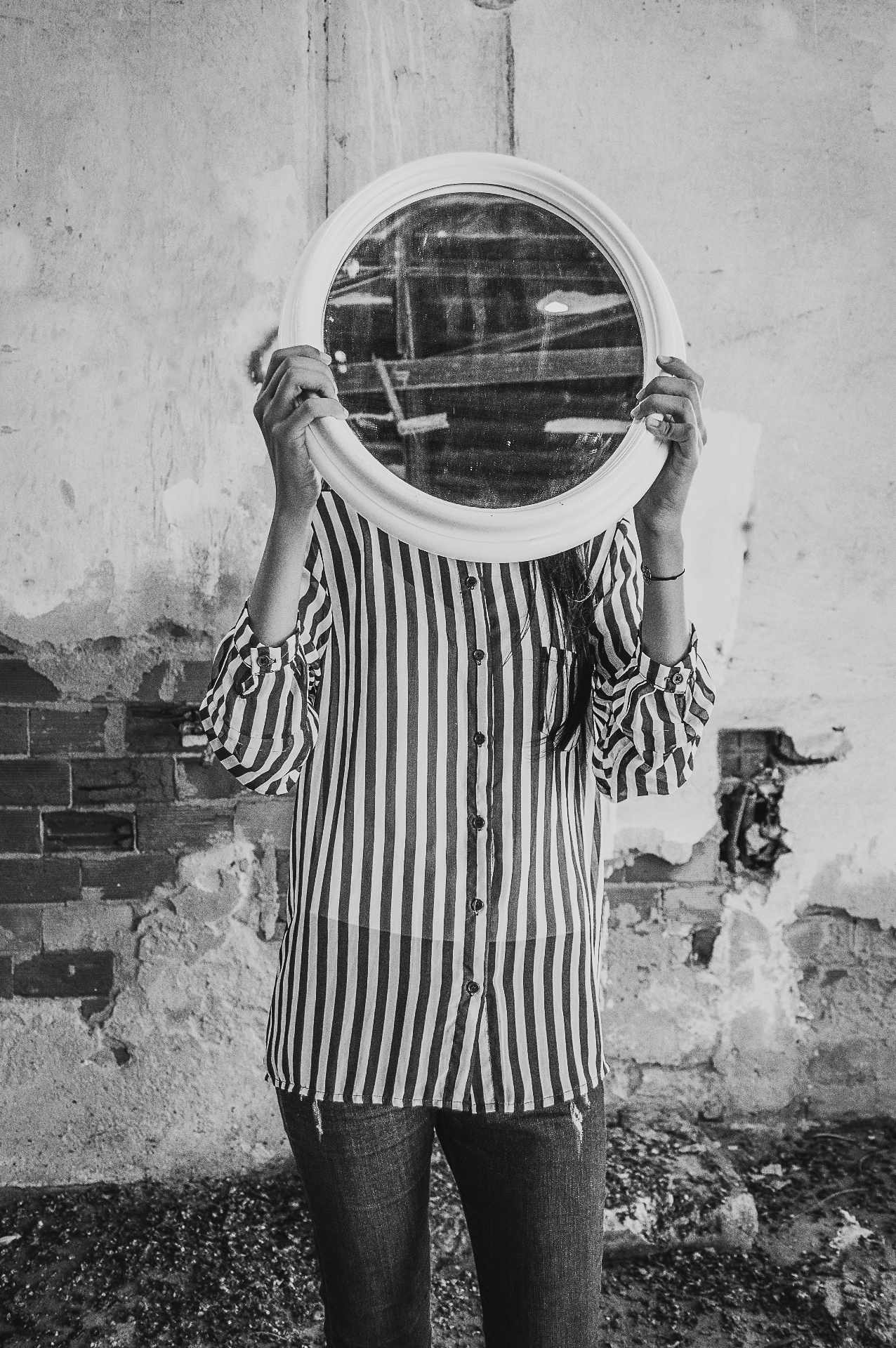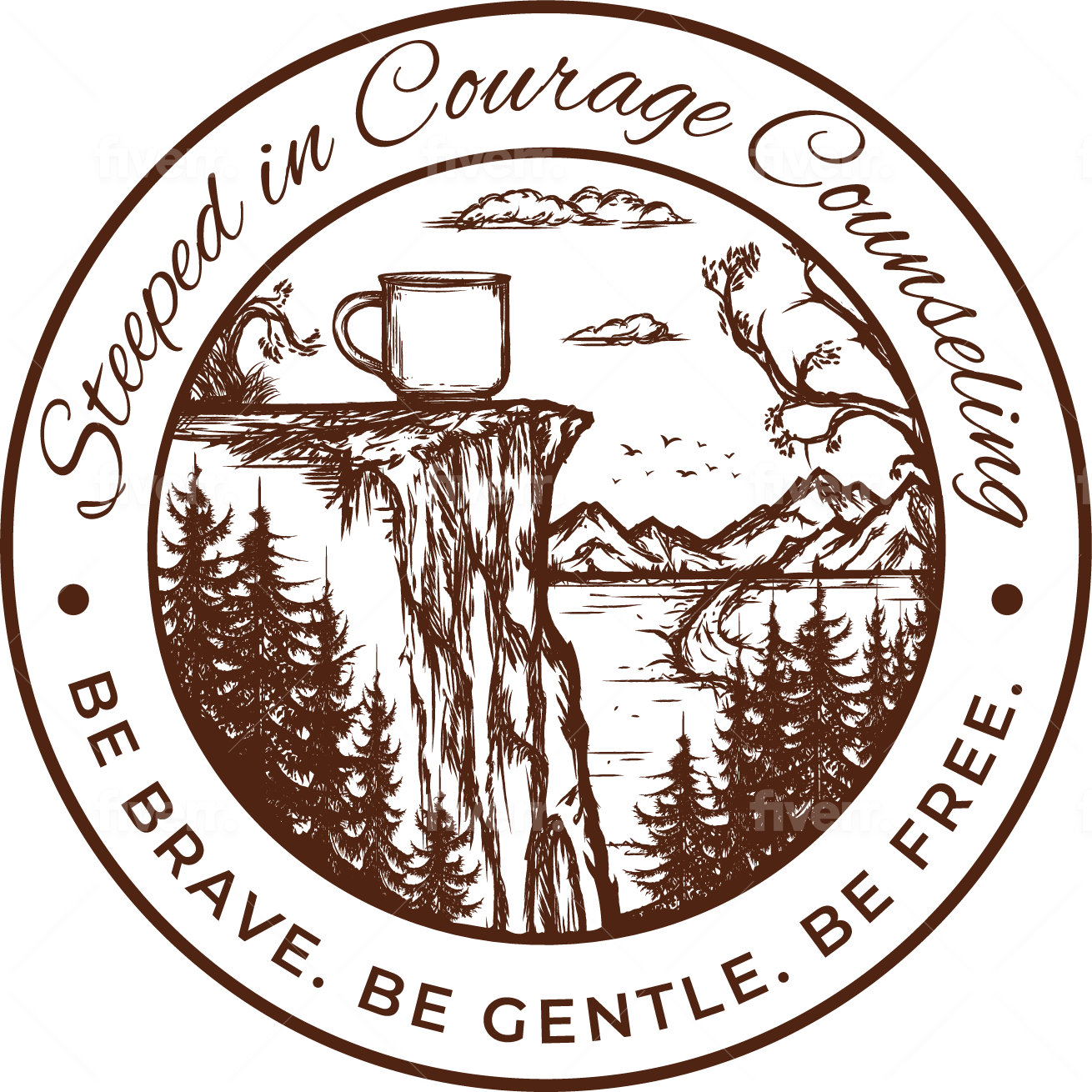Body Image & Mental Health; The Perpetual Cycle of Social Media

I often sit and counsel women of all ages, struggling with body image & self-acceptance. Many women are trapped in the lie: physical attraction is directly tied to having worth & value. The message for decades has been overwhelmingly clear in the media – your body has problems, and we, the market, have your solutions. Whether it’s your skin, the shape of your butt, your eyelashes or your hair – every body has some kind of problem to be fixed. Women are encouraged to spend thousands of dollars over their lifetime on beauty products (skin products, nail products, weight loss products, body shaping products, surgery, etc) – believing that their natural body is in constant need of fixing. Dr. Lexie Kite and Dr. Lindsay Kite, twin sisters & authors of the book “More than a Body: Your Body Is an Instrument, Not an Ornament” (Kite & Kite, 2021), often take to social media to point out what has long been a cultural norm – both women and men are taught to critique and look at the female body; both women and men expect women to work at being attractive.
 Social media has perpetuated this very pattern that Kite & Kite point out. Today there are apps that allow us to slim down and reshape our body in video format. Everything can be edited. I sit with girls who struggle to even look at their face in a phone camera, looking away until they turn on a favorite filter. Both women and men spend hours each week scrolling – viewing warped, unrealistic images of the female body. Often when talking about the body in counseling, a female client will perceive natural and normal aspects of her body to be disgusting or repulsive. From 11 year old girls to women in their 60’s, many believe their job is to constantly be ‘fixing’ the body. Pre-teens and teens are hyper-focused on the ‘glow up’ goal to produce the perfect ‘before’ & ‘after’ photo. Women who are naturally aging feel compelled to fight for relevancy in a world that says youth and beauty are what is relevant. It is heartbreaking to think about how much time, money, and energy women put into fixing the natural body. Ultimately, this is damaging to our mental health and hearts. My concern turns towards the younger women, who currently wrestle with the pressures of social media. Greg Lukianoff & Jonathan Haidt in their book “The Coddling of the American Mind” (Lukianoff & Haidt, 2019) discuss startling statistics, acknowledging that ‘self harm’ has been on the rise in young girls, in correlation with social media.
Social media has perpetuated this very pattern that Kite & Kite point out. Today there are apps that allow us to slim down and reshape our body in video format. Everything can be edited. I sit with girls who struggle to even look at their face in a phone camera, looking away until they turn on a favorite filter. Both women and men spend hours each week scrolling – viewing warped, unrealistic images of the female body. Often when talking about the body in counseling, a female client will perceive natural and normal aspects of her body to be disgusting or repulsive. From 11 year old girls to women in their 60’s, many believe their job is to constantly be ‘fixing’ the body. Pre-teens and teens are hyper-focused on the ‘glow up’ goal to produce the perfect ‘before’ & ‘after’ photo. Women who are naturally aging feel compelled to fight for relevancy in a world that says youth and beauty are what is relevant. It is heartbreaking to think about how much time, money, and energy women put into fixing the natural body. Ultimately, this is damaging to our mental health and hearts. My concern turns towards the younger women, who currently wrestle with the pressures of social media. Greg Lukianoff & Jonathan Haidt in their book “The Coddling of the American Mind” (Lukianoff & Haidt, 2019) discuss startling statistics, acknowledging that ‘self harm’ has been on the rise in young girls, in correlation with social media.
“A recent study looked at ‘nonfatal self-inflicted injuries’…They found that the rate for boys held steady at roughly 200 per hundred thousand boys in the age range of 15-19. The rate for girls in that age range was much higher, but also had been relatively steady from 2001 to 2009, at around 420 per hundred thousand girls. Beginning in 2010, however, the girls’ rate began to rise steadily, reaching 630 per hundred thousand in 2015. The rate for younger girls (ages 10-14) rose even more quickly, nearly tripling from roughly 110 per hundred thousand in 2009 to 318 per hundred thousand in 2015.” (Lukianoff et al., 2019, pg 151).
While social media perpetuates and aggravates an unhealthy narrative that damages women’s hearts and minds – there is a glimmer of hope. We now have more power over this message than ever before. Hypersexualized content used in traditional marketing – bodies on billboard ads or on the cover of magazines – has a clear boundary: the average citizen is the consumer, while the industry is the content creator. Social media is changing this. Average citizens are blurring this line. We are all, in some way, becoming content creators and consumers. Lukianoff & Haidt (2019) highlight this shift.
“It’s not just fashion models whose images are altered nowadays; platforms such as Snapchat and Instagram provide “filters” that girls use to enhance the selfies they pose for and edit, so even their friends now seem to be more beautiful. These filters make noses smaller, lips bigger, and skin smoother. This has led to a new phenomenon: some young women now want plastic surgery to make themselves look like they do in their enhanced selfies” (Lukianoff et al., 2019, pg 155).
Unfortunately, while there has been a shift in power, many continue to play into the industry’s game. As newfound content creators, many feel pressure to post themselves in an ideal, hypersexualized fashion – creating fake or edited content to be consumed by those who follow them. We create, edit, and post content that makes us feel worthy of being seen. Content that finally portrays us in the idealized light that the industry has demanded of us for decades. Often though, this edited content stirs discontent in ourselves, in our friends, the consumers. There is potential here for a vicious cycle, where our insecurity breeds filtering, and filtering then causes greater disconnect with reality – breeding deeper insecurity.
My hope is that we wake up to this cycle, and we refuse to feed it. I especially hope those of us who are older can begin to learn how to make peace with our body, so that we can model and teach this peace to the next generation of women. We are no longer just consumers, we are also content creators, and we get to choose each day what to do with our sphere of influence.
Here are a few practical next steps to think about, if you’re interested in breaking this cycle of insecurity and disconnected filtering.
Social Media: get honest or get off. I know this is a very hard concept for many people. If it gives you anxiety to think about posting unfiltered pictures, or deleting your account, I would encourage you to sit with that anxiety and be curious about what is making you anxious. For anyone who feels they are able to delete their accounts and remove the apps – take the leap. It’s a beautiful breath of fresh air on the other side. For those of you who feel like this is the only way you can stay connected to friends and family – I understand the concern, but I would challenge this. I think it’s much more meaningful to text pictures to specific friends and loved ones, rather than post a photo to 600 hundred people and assume that those closest to you are scrolling and will catch the photo. Another great option is taking lots of breaks – maybe visiting your platforms once a week.
Be aware of the reason you spend money on beauty products. Beauty products can be fun! Every woman can explore her likes and dislikes in the realm of fashion and beauty. The focus though, is to make sure you know WHY you are investing in certain products. Are you looking to take care of your skin? Your gut health? Your eyes? Do you enjoy blush or love eyeliner? Find what you love about fashion and beauty and gravitate towards what gives you joy! If you are currently practicing anything in your daily routine that comes from a place of self-hatred or loathing consider removing that practice from your routine. You can always add the routine back in, if you feel that the harmful attitude toward self has been healed.
Take care of your body & listen to what it needs. Maybe this looks like stretching before bed or paying attention to what foods make your gut happy (the Intuitive Eating approach is my personal favorite). We spend so much time rejecting our body. We ignore its cues and boss it around. Here’s the reality. Your body is a well of information. Your body has a type of intelligence you can tap into. Take care of it. Learn to befriend and accept the body. Listen to what your body needs and pause more often. Feel for your heartbeat and check in with your nervous system.
Find playful movement. What do you love to do? What’s a physical activity you love? Skateboarding? Hiking into nature? Dancing to 80’s pop? Signing up for that 10k? Maybe auditioning for a local musical? How about lifting a barbell like a boss? Get to know yourself and find out what kind of movement feels integral with your personality. It’s a joy to find a form of movement and expression that feels authentic to who you already are.
Dress for function and for pleasure. Clothes should have function. Am I about to run? Am I about to step into a more professional space? Clothes can also be a form of expression and pleasure! Wear clothes that feel good for the environment you’re in, as well as feel good on your body. Too often we are afraid of certain numbers (inches or sizes). Don’t be afraid of the pant size and just be grateful for pants that fit well and feel good!
References:
Kite, L., & Kite, L. (2021). More than a body: Your body is an instrument, not an ornament. Houghton Mifflin Harcourt.
Lukianoff, G., & Haidt, J. (2019). The coddling of the American mind: How good intentions and bad ideas are setting up a generation for failure. Penguin Books.
Tribole, E., & Resch, E. (2020). Intuitive eating: An anti-diet revolutionary approach. St. Martin’s Essentials.

